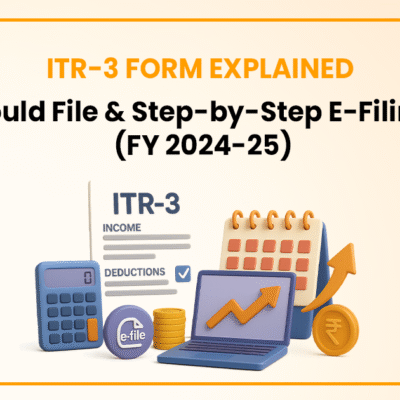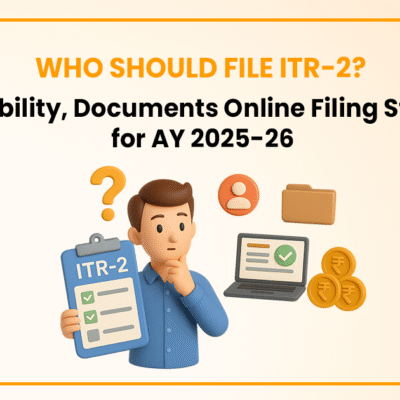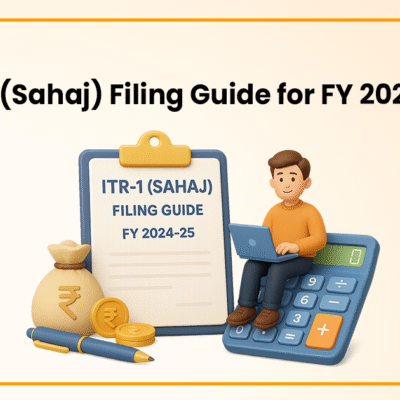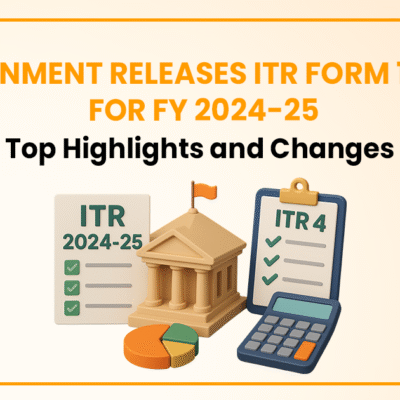Alteration of Memorandum of Association (MOA) – A Complete Step by Step Procedure
- April 26, 2023
- Change in Business
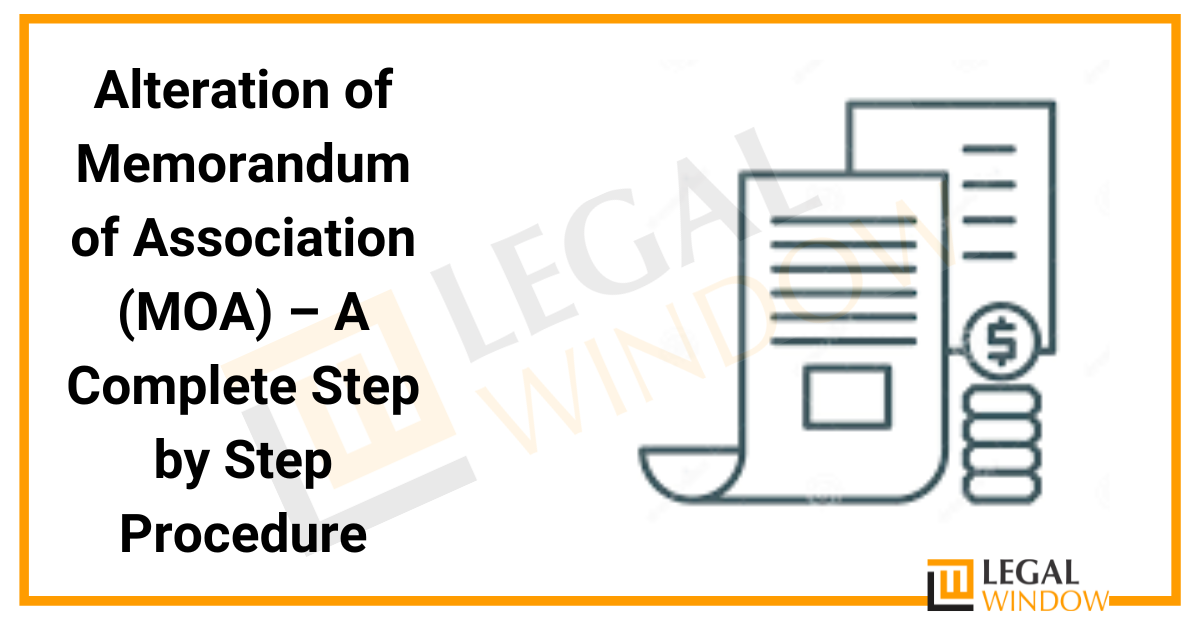
Memorandum of Article is a vital document for the Company, which provides the Scope, objectives, and limitations of it. It lays down the framework within which the company operates, and any changes to the MOA can have far-reaching consequences for the company and its stakeholders. An alteration of the MOA may become necessary due to various reasons, such as changes in the company’s business model, expansion plans, or legal requirements. The Companies Act, 2013 provides for the alteration of the MOA, subject to the approval of the shareholders and the Registrar of Companies (ROC). In this article, we will discuss the step-by-step procedure for Alteration of Memorandum of Association (MOA), documents required, clauses mentioned under MOA and many other.
| Table of Content |
Brief about Memorandum of Association
MOA is a legal document that defines the constitution and scope of a company’s activities. It contains the fundamental rules and regulations that govern the company’s affairs and sets out the company’s objectives, powers, and limitations. The MOA is a critical document that forms the basis for the company’s relationship with its shareholders, creditors, and other stakeholders. It is also required for the incorporation of a company and must be registered with the Registrar of Companies (ROC) at the time of incorporation.
The MOA must be drafted and executed in accordance with the provisions of the Companies Act, 2013, and any amendments thereto. Any alteration to the MOA must also comply with the provisions of the Act and require the approval of the shareholders and the ROC.
Clauses mentioned under MOA
The MOA contains key clauses according to section 4 of the said act are as follows:
- Name Clause: This clause states the name of the company. That must be unique and cannot be identical or resemble the name of any existing company.
- Registered Office Clause: This clause states the registered office of the company. That is the official address of the company and where all official communications and notices will be sent.
- Objective Clause: This clause defines the main objectives and scope of the company’s activities. It also outlines the objects that the company is authorized to pursue and the activities that it is not authorized to undertake.
- Liability Clause: This clause states the extent of liability of the company’s shareholders in case the company faces any financial losses or liabilities.
- Share Capital Clause: This clause sets out the authorized share capital of the company, which is the maximum amount of capital that the company is authorized to issue to its shareholders.
- Association Clause: This clause confirms the intention of the subscribers to form the company and become its members.
The MOA must be drafted and executed in accordance with the provisions of the Companies Act, 2013, and any amendments thereto. Any alteration to the MOA must also comply with the provisions of the Act and require the approval of the shareholders and the ROC.
When is alteration of a Memorandum of Association allowed?
Alteration of a MOA is allowed in the following circumstances:
- Change in Objectives: If a company wants to change its objectives or expand its business activities, it may need to alter its MOA to reflect the new objectives or activities.
- Change in Name: If a company wants to change its name, it must alter its MOA to reflect the new name.
- Change in Registered Office: If a company wants to change its registered office from one state to another, it must alter its MOA to reflect the new address.
- Change in Authorized Share Capital: If a company wants to increase its authorized share capital, it must alter its MOA to reflect the increase.
- Any other change required by law: The Companies Act, 2013, or any other law may require a company to alter its MOA to comply with the legal requirements.
However, it is important to note that any alteration to the MOA must comply with the provisions of the Companies Act, 2013, and any other applicable laws and regulations. Moreover, any alteration to the MOA must be approved by the shareholders and the ROC.
Documents needed for Alteration of MOA
The documents required for the alteration of MOA of a company may vary depending on the type of alteration being made. However, in general, the following documents are required for the alteration of MOA:
- Notice of the General Meeting: A notice of the general meeting of the company, along with an explanatory statement, must be sent to all the shareholders of the company.
- Draft Resolution: A draft resolution proposing the alteration of the MOA must be prepared and included in the notice of the general meeting.
- Altered MOA: The altered MOA, with the proposed changes clearly highlighted or underlined, must be prepared and circulated to the shareholders.
- Board Resolution: A board resolution must be passed by the board of directors of the company approving the proposed alteration of the MOA.
- Shareholders’ Resolution: A special resolution must be passed by the shareholders of the company approving the proposed alteration of the MOA.
- Minutes of the General Meeting: Minutes of the general meeting of the company must be prepared, signed by the chairman of the meeting, and filed with the Registrar of Companies (ROC).
- Form MGT-14: Form MGT-14, which is a notice of a resolution passed by the company, must be filed with the ROC within 30 days of passing the resolution.
- Any other document as required by the ROC: The ROC may require additional documents to be submitted along with the application for the alteration of the MOA, depending on the type of alteration being made.
Procedure of Alteration of Memorandum of Association
A company may need to alter its MOA to accommodate changes in its objectives or scope of operations. In such a case, the following is a step-by-step procedure for altering the Memorandum of Association:
- Held a Board Meeting: The first step is to held a board meeting to discuss the proposed alteration and pass a resolution for the same. The resolution must be approved by a majority of the board members present at the meeting.
- Held a General Meeting: After the board has approved the resolution, a general meeting must be held to obtain the approval of the shareholders. The notice of the meeting must be sent to all shareholders at least 21 days before the meeting.
- Pass a Special Resolution: The proposed alteration to the MOA must be approved by a special resolution, which requires the affirmative vote of at least three-fourths of the shareholders present at the meeting. A copy of the special resolution must be filed with the ROC within 30 days of passing it.
- Prepare an Amendment to the MOA: After the special resolution has been passed, an amendment to the MOA must be prepared, incorporating the proposed changes. The amendment must be signed by two directors of the company and witnessed by a person authorized to witness signatures.
- File the Amendment with the ROC: The signed and witnessed amendment must be filed with the ROC along with the required documents, such as the original MOA, copy of the special resolution, and a copy of the board resolution. The ROC may take up to 30 days to approve the amendment.
- Obtain Certificate of Registration: After the ROC approves the amendment, a certificate of registration will be issued, and the amended MOA will be considered effective from the date mentioned in the certificate.
- Furthermore, that any change in the MOA must comply with the provisions of the Companies Act, 2013, and any other applicable laws and regulations. Moreover, if the change involves an increase in the authorized share capital, additional compliance requirements may apply.
Takeaway
It is concluded that the alteration of MOA includes a multiplex procedure. The whole procedure includes the long discussions and deliberate understanding to make sure that the company’s development without tingling the interests of the people. By following the procedure for the alteration of MOA and complying with the legal framework, companies can ensure that they remain in compliance with the law and operate within the limits of their objectives. The alteration of MOA provides companies with the flexibility to adapt to changing business needs, and it is crucial for companies to make informed decisions when making changes to their MOA.
Therefore, it is advisable to consult a Legal Window experts to ensure compliance with all applicable laws and regulations.
Neelansh Gupta is a dedicated Lawyer and professional having flair for reading & writing to keep himself updated with the latest economical developments. In a short span of 2 years as a professional he has worked on projects related to Drafting, IPR & Corporate laws which have given him diversity in work and a chance to blend his subject knowledge with its real time implementation, thus enhancing his skills.
Categories
- Agreement Drafting (23)
- Annual Compliance (13)
- Change in Business (37)
- Company Law (150)
- Compliance (90)
- Digital Banking (3)
- Drug License (4)
- FEMA (17)
- Finance Company (42)
- Foreign Taxation (9)
- FSSAI License/Registration (15)
- GST (123)
- Hallmark Registration (1)
- Income Tax (213)
- Latest News (34)
- Miscellaneous (170)
- NBFC Registration (8)
- NGO (18)
- SEBI Registration (6)
- Section 8 Company (10)
- Start and manage a business (27)
- Startup/ Registration (134)
- Trademark Registration/IPR (48)
Recent Posts
All Website Tags
About us
LegalWindow.in is a professional technology driven platform of multidisciplined experts like CA/CS/Lawyers spanning with an aim to provide concrete solution to individuals, start-ups and other business organisation by maximising their growth at an affordable cost.


